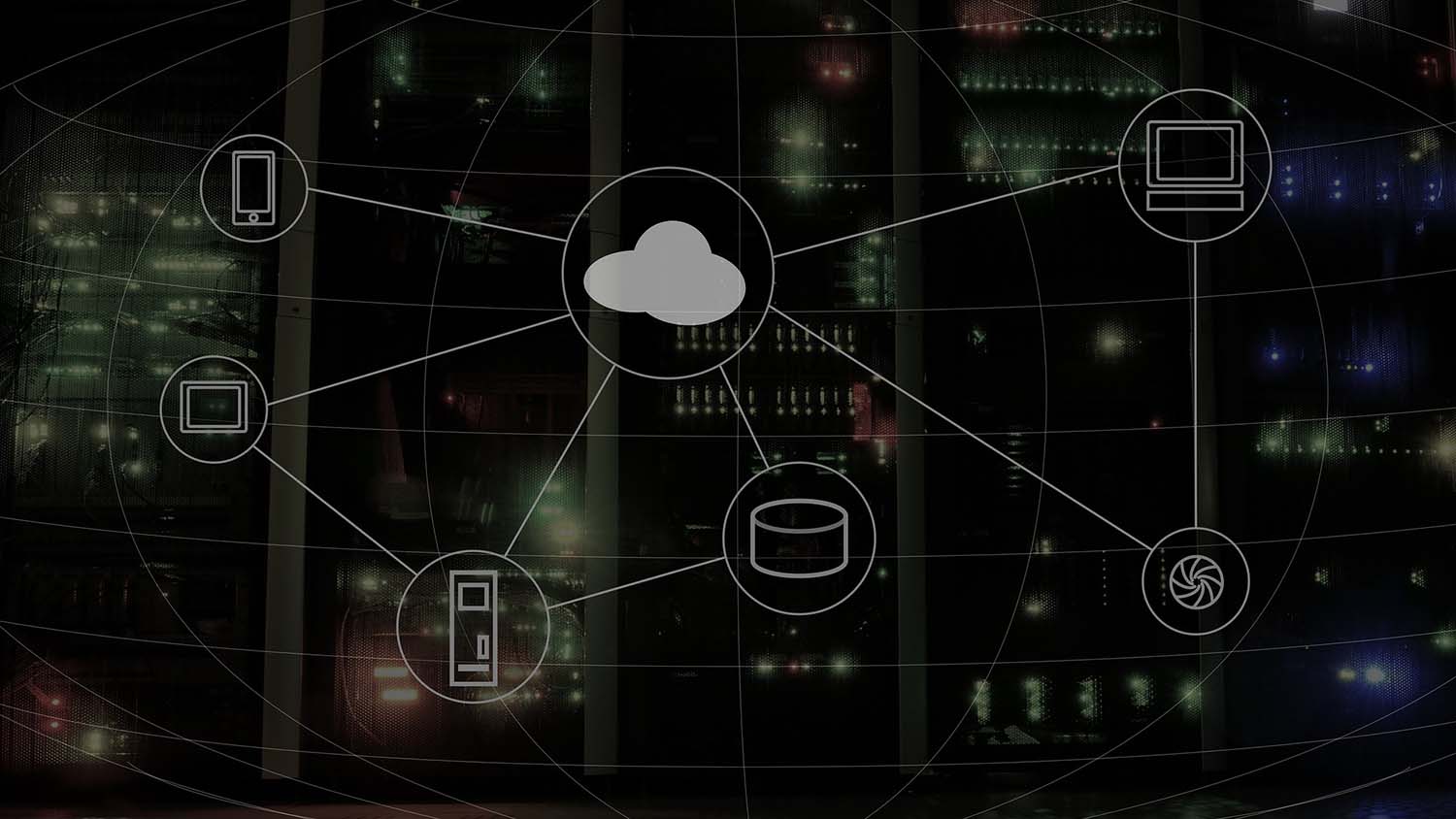What is Disaster Recovery?
A cloud phone system is one of several elements that businesses should have in place, when developing a comprehensive strategy for Disaster Recovery (DR). But what is Disaster Recovery? And why is it an essential factor, in the digital economy?
Disaster Recovery Basics
Disaster Recovery or DR is a type of security planning which aims at protecting an organisation from the negative impact of serious events such as natural and human-made disasters, cyber-attacks, or cataclysmic shifts in business or infrastructural environments. Disaster Recovery measures are aimed at enabling an organisation to keep its operations ongoing (ensuring business continuity), or quickly resuming its essential activities, when a disaster occurs.
Effective preparation for a disaster demands a comprehensive approach involving people, hardware, software, network infrastructure, data cabling, power, communications (including cloud phone system operations, email, and messaging), connectivity, performance monitoring, and testing.
That testing needs to be conducted in such a way as to ensure that Disaster Recovery is always achievable within two sets of parameters: Recovery Point Objectives (RPOs), and Recovery Time Objectives (RTOs).
Recovery Point Objectives (RPOs)
Basically, a Recovery Point Objective (RPO) is a fancy way of describing what it will take in order to get a business back to its standard operating conditions. This would typically include having all transaction records and databases up to date and ready for production, sales, or service delivery. It would also involve having all relevant lines of communication (email, on-site or cloud phone system, fax, etc.) fully operational, and with access to all necessary call and transaction logs.
Recovery Point Objectives are usually expressed and measured in terms of the maximum age of files or logs needed for normal operations to resume after a disaster. Typically, this might be anywhere from a few minutes (for high-intensity business transactions), to a few hours.
Recovery Time Objectives (RTOs)
Likewise, a Recovery Time Objective (RTO) describes the maximum amount of time allowable for a business to recover data from backup files, get its act together, and resume normal operations in the wake of a disaster. In effect, the RTO (typically measured in minutes, or hours) represents the longest amount of downtime that a business network can afford to suffer, before feeling the negative impact of unforeseen events.
Planning For DR
At the foundation of Disaster Recovery is effective planning. This requires a step-by-step approach, detailing all the strategies needed for retrieving information, recovering disrupted systems or networks, getting key people in place to keep the business running, and co-ordinating damage control.
Testing For Disaster Recovery
Having a Disaster Recovery plan isn’t enough in itself. Periodic testing of the plan – and the procedures that it lays out – is required, to ensure that its strategies are actually workable, and will have the desired effect if the unthinkable happens. So it’s advisable to schedule the occasional “dry run”, using simulated disaster conditions (power outage, network down, etc.).
Disaster Recovery Sites
An effective DR strategy usually includes the provision of dedicated Disaster Recovery sites. These are physical or virtual places away from the main business premises where backup files and essential materials may be stored, communications systems may be re-routed, and essential skills or personnel may be on stand-by alert at all times.
The number and nature of these sites must be determined on a case by case basis, taking into account the needs, circumstances and working practices of the business.
The Role Of A Cloud Phone System
When you consider that over 43% of businesses which close following a natural disaster never reopen – and that an additional 29% of businesses close down permanently within two years of such an event – you can appreciate the importance of network and communications availability, business continuity, and Disaster Recovery in today’s business environment.
With a cloud phone system, business communications in the form of voice calls, video and web conferences, online faxing, chat, and Instant Messaging can continue via the cloud and Internet Protocol (IP) medium – even in the most extreme of events. From the outset, continuity for your business in the face of disasters in your area is built in, as the base infrastructure for a cloud phone system resides away from your premises.
Providers of VoIP (Voice over Internet Protocol) and SIP (Session Initiation Protocol) technologies, such as LG Networks, underlying a cloud phone system, typically maintain a number of redundant data centres and infrastructure networks, which may be called upon to transfer control from a disaster-hit site to an unaffected centre, within milliseconds. This is known as failover capability, and ensures that telecommunications services can be instantly restored when the unexpected happens.
In addition, a cloud phone system enables users to designate phone numbers and devices to calls and incoming messages so they may be automatically re-routed, in the event of a disaster. As long as power (which could be batteries, for a mobile device) and an internet connection exist, workers may gain access to their office phone systems from any location. A cloud phone system provides device-independent communications, which are available at any time.
If you’d like to know more about setting up a cloud phone system or developing Disaster Recovery capabilities for your business, get in touch with the experts at LG Networks.





